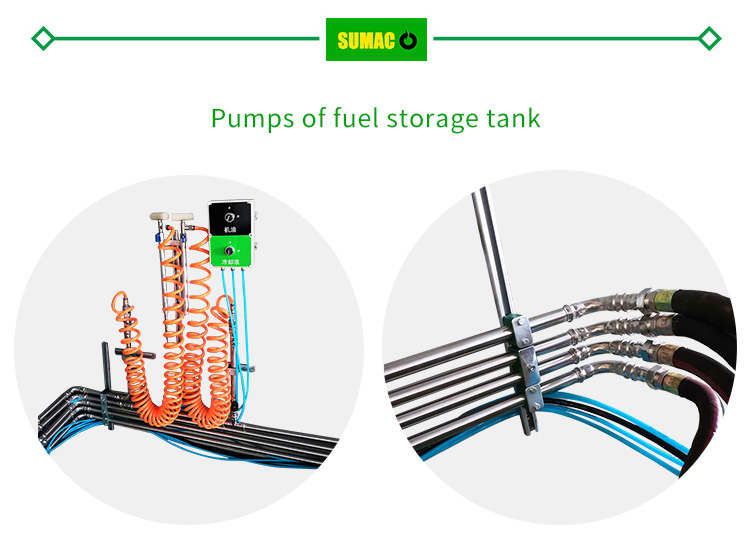There are several surface treatment processes for steel fuel tanks, each serving specific purposes such as enhancing corrosion resistance, improving appearance, and increasing durability. Here are some common ones:
Painting
- Painting is a widely used surface treatment method. Firstly, the steel fuel tank surface is cleaned and degreased to ensure good paint adhesion. Then, a primer is applied, which can improve the adhesion between the paint and the steel surface and provide initial corrosion protection. After the primer dries, one or more layers of top - coat paint are sprayed on. The top - coat can be chosen in different colors and finishes according to specific requirements, not only enhancing the aesthetic appearance but also providing an additional layer of protection against environmental factors.
Galvanizing
- Galvanizing involves coating the steel fuel tank with a layer of zinc. This can be done through hot - dip galvanizing or electro - galvanizing. In hot - dip galvanizing, the steel tank is immersed in a bath of molten zinc. This forms a thick and durable zinc coating that provides excellent corrosion resistance. The zinc layer acts as a sacrificial anode, protecting the underlying steel from rusting even when the coating is scratched. Electro - galvanizing, on the other hand, deposits a thinner layer of zinc on the tank surface through an electrochemical process. It offers a more uniform coating and is suitable for applications where a thinner coating is sufficient.
Powder Coating
- Powder coating is a modern surface treatment process. The steel fuel tank is first pre - treated to clean and prepare the surface. Then, a dry powder coating material is sprayed onto the tank surface. The powder is electrostatically charged, which causes it to adhere to the tank. After spraying, the tank is heated in an oven, causing the powder to melt and form a continuous, hard - wearing coating. Powder coatings offer good corrosion resistance, high - gloss or matte finishes, and are more environmentally friendly than some traditional liquid paint coatings.
Chemical Conversion Coating
-
Chemical conversion coating involves treating the steel surface with chemical solutions to form a thin, protective coating. Phosphate coating is a common type. The steel fuel tank is immersed in a phosphate - containing solution, which reacts with the steel surface to form a phosphate layer. This coating can improve paint adhesion and provide some corrosion resistance. Chromate conversion coatings were also used in the past for their excellent corrosion - inhibiting properties, but due to environmental concerns, their use has been restricted in many applications.

